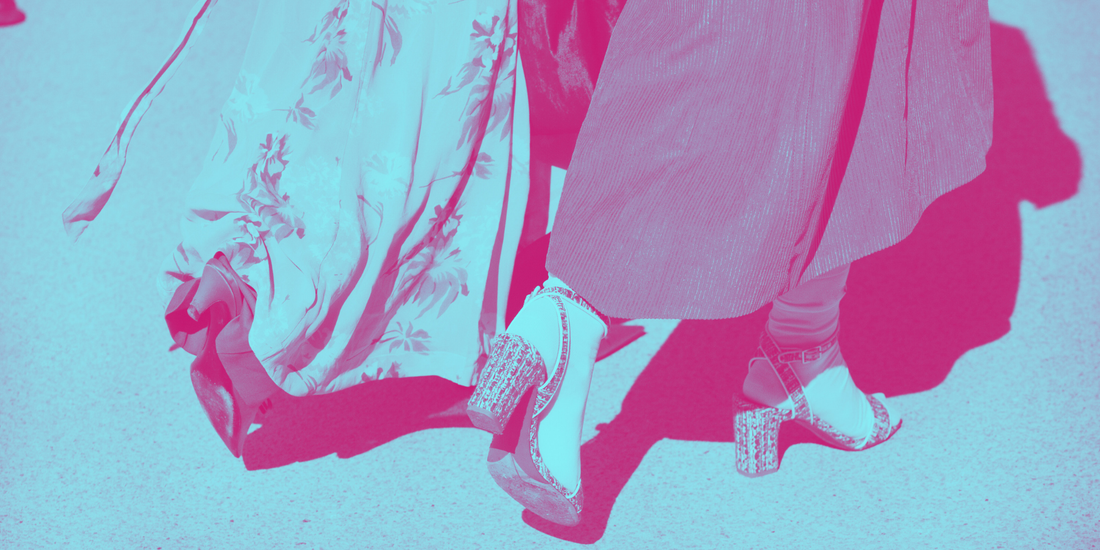
Fashionably Comfortable: Why Fashion Forgot Feet
Fashion and feet have a famously troubled relationship. Think Ross and Rachel: on-again, off-again, never quite aligned. Shoes have always been more than just protection for our soles, they’ve been signals, status symbols, even works of art. Unfortunately, comfort has often been left behind. Why has footwear so consistently prioritized aesthetics over well-being? Let’s take a walk through history.
Shoes as Status Symbols
Shoes weren’t always about comfort or even practicality. In fact, for much of history, they were about broadcasting who you were. Wealth, class, and power were literally stitched into every pair.
Take Renaissance Venice, for example. Aristocrats strutted through cobblestone streets in chopines, platform shoes so tall that some measured more than 20 inches. Walking was nearly impossible without assistance, but style reigned supreme. The higher the chopine, the higher your social rank. Function was an afterthought.
Other cultures followed similar patterns. In ancient China, ornate embroidered shoes emphasized elegance, even as the painful practice of foot binding limited mobility. In 17th-century France, men of the royal court wore extravagant high heels (yes, men), dyed bright red to signify noble privilege. Across centuries, shoes were designed to impress others before they ever considered supporting the wearer.
The Modern-Day Footwear Fails
Fast-forward to today and the story isn’t so different. Fashion still often trumps comfort. Stilettos pinch toes into unnatural positions. Loafers rub blisters after a single commute. Even sneakers, marketed as comfort champions, sometimes lack the support needed for long days.
The problem is structural. Many designers still prioritize visual impact over ergonomics. Sleek silhouettes might look sharp in store windows but ignore the complexities of the foot’s anatomy: 26 bones, 33 joints, and over 100 tendons and ligaments that work tirelessly with every step. The result? Shoes that look good in photos but leave us limping in real life.
A survey by the American Podiatric Medical Association found that 77% of Americans have experienced foot pain, with many citing poorly designed footwear as a cause. When your shoes are designed more for aesthetics than alignment, discomfort isn’t an accident, it’s built in.
The Cultural Tug-of-War: Style vs. Comfort
Why has this battle persisted for so long? Part of it is cultural storytelling. Footwear is tied to identity, and people often choose shoes that project confidence, wealth, or personality. From runway heels to limited-edition sneakers, fashion has a way of seducing us into ignoring practicality.
But times are changing. Athleisure trends and wellness culture have begun shifting expectations. People want both: the ability to look sharp and feel supported. The old compromise, beauty or comfort, doesn’t fly anymore in a world where we walk 5,000–10,000 steps a day, work on our feet, or commute through cities. Fashion is evolving, and so is consumer demand.
Groov’s Fashion Fix
This is where Groov enters the conversation. We don’t believe you should have to choose between looking good and feeling good. Our Groov Luxe insoles are designed to bridge the divide between fashion and function.
-
Ultra-thin design means they slide seamlessly into stylish shoes without bulking them up.
-
Personalized support adapts to your arches, redistributing pressure evenly.
-
Discreet comfort ensures that no one sees them, but you definitely feel the difference.




